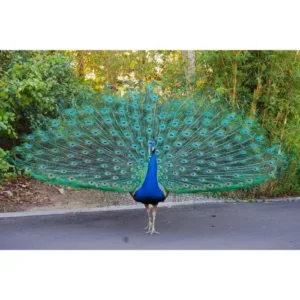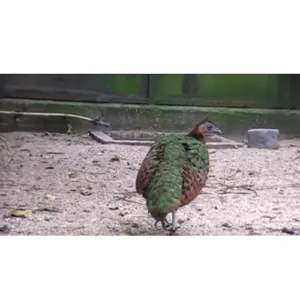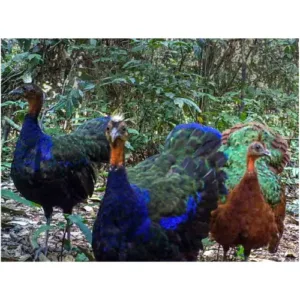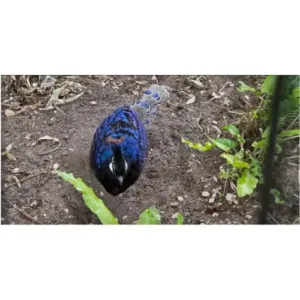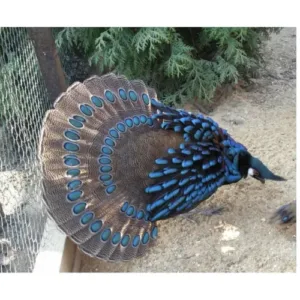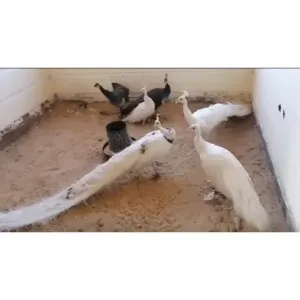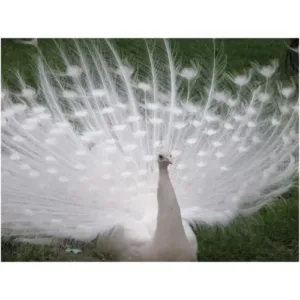Are you looking for a unique, eye-catching, and exotic bird to add to your backyard flock? Look no further than the beautiful and awe-inspiring Great argus pheasant. This majestic, multicolored pheasant is sure to turn heads among your neighbors and make your backyard a showstopper.
First, the Great argus pheasant is an absolute stunner. This one-of-a-kind bird is covered in a fantastic array of iridescent feathers that range from a luminous copper to a gorgeous turquoise. The males are especially beautiful, with long, impressive tail feathers that are a sight to behold.
Not only are these pheasants beautiful, but they are also surprisingly low-maintenance. They are quite hardy and can thrive in a variety of climates, from tropical to temperate. They are also highly adaptable to various types of housing, so they can be kept in both aviaries and contained pens.
When it comes to feeding the Great argus, you won’t have to break the bank. These birds are omnivorous, and are happy to snack on a variety of fruits, vegetables, and insects. Additionally, they can be fed a commercial formulated pheasant food, which is both economical and nutritious.
Last, but certainly not least, these pheasants are quite docile, making them a great option for backyard birders. Unlike some other pheasants, these birds are relatively calm, and can become quite friendly with regular handling. They are also quite social, and can be kept in small groups with little to no aggression.
So, if you’re looking for a spectacular addition to your flock, the Great argus pheasant is an ideal choice. With its striking beauty, hardiness, and low-maintenance, this pheasant is truly the best of both worlds. Why not add a few of these amazing birds to your backyard today?
The Malay Great Argus Pheasant is a medium-sized bird of the pheasant family with a brown and fawn body and head and a long, tail-like feather called a train that is used for balance while walking and running.
He has a head and neck made from metal, and covered with feathers. The breast is a reddish-brown color, and the legs are pink in color. Describing this plain-colored hair with the word “deceptive” may not sound like a compliment, but it actually is.
The largest living pheasant is the male Great Argus, which can grow up to 6 feet in length. A snake’s tail is about 5 feet long. It is mostly made up of scales that are very thick and snake-like.
The most striking feature of the great argus plumage is the brilliant, iridescent green-purple colors on its wings. The eye is unique because the birds’ eyes are positioned far back on their skulls.
Carl Linnaeus gave the great argus its specific name (from which its common name and genus name are derived) because of the intricate eye-like patterns on its wings, in reference to Argus, a hundred-eyed giant in Greek mythology. There are two subspecies recognized: Nominate argus of the Malay peninsula and Sumatra, and a gray of Borneo. William Beebe considered the two races to be distinct species, but they have since been lumped.
Great Argus hens are good mothers. Hens can lay up to three clutches of 2 eggs per clutch each breeding season if the eggs are taken away. Encouraging her to lay three in one year can lead to health issues and to lack any eggs the following year. Eggs are incubated for 25 days. Great Argus chicks are hardy and grow fast. They are usually friendly and inquisitive. It takes three years for the male to attain full plumage, and the wing feathers can continue growing until the bird is six years old.










